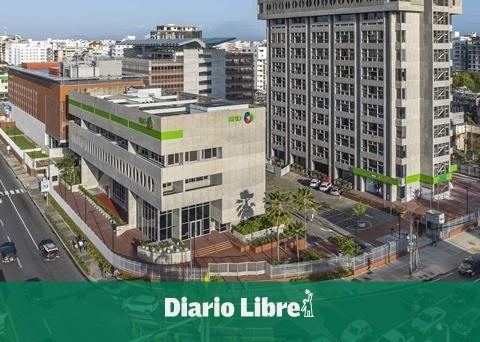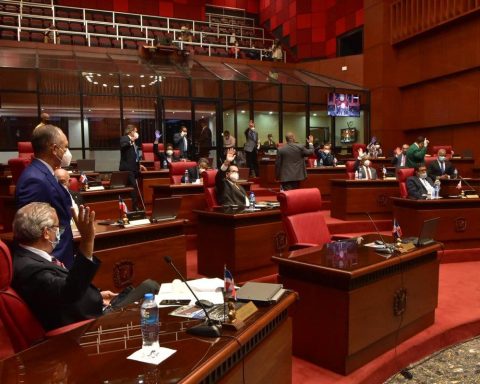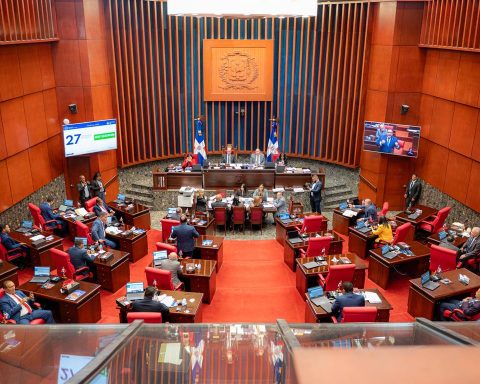According to Credit Suisse, global growth in 2022 will be 4.3%, a figure that could improve as restrictions are relaxed. At the regional level, the Dominican Republic will lead the economic recovery next year.
The experts and economists, who participated in the annual event on economic matters, of the Dominican Chamber of Commerce and Tourism (CCTDS), called THINK ECONOMICS “Next Generation Recovery”, agreed that the reactivation of public investment, using the Public-private partnerships will be key when it comes to achieving results above what is projected in 2022.
“President Luis Abinader and his government team have shown us in the last fifteen months how to efficiently manage a health crisis and accelerate the economy. In this next-generation recovery, issues such as sustainability and the commitments made at COP26 are being considered, ”explained Gaetan Bucher, president of the CCTDS. “The Dominican Republic is one of the only countries in Latin America that will close 2021 with a GDP higher than prendemic levels.”
In the case of Switzerland, during the event it was discussed that it remains committed to limiting global warming by 1.5 degrees Celsius and the emission of greenhouse gases in 2030. The Swiss ambassador to the Dominican Republic, HE Rita Hammerli-Weschke, stressed that the The importance lies in transforming the economies of developing countries to be sustainable without compromising their competitiveness.
The specialists agreed that the epicenter of the pandemic is currently between Europe and the United States, especially the latter for the Dominican Republic since we receive the main flows of tourists and foreign investment. In this sense, the economist and ambassador of the Dominican Republic in Switzerland, HE José Sánchez-Fung, explained that although the dynamics of the macroeconomy in 2022 is difficult to predict in relation to our country, we must be aware of the increases in the rate benchmark for monetary policy in the United States.
After the regional point of view, Alonso Cervera, chief economist for Latin America at Credi Suisse, said that in Latin America, monetary and fiscal policies have been expansionary and lax. Elements that have contributed to the economy growing in the region by 6.5%.
“In Latin America in 2021, the economies surprised us favorably, with 6.5% growth, but it will probably slow down a lot with growth of just 1%. The comparison base is going to be high, many countries are withdrawing the fiscal stimulus, the conditions are not going to be very lax ”.
The variants of Covid will be one of the challenges that the authorities will face, which will have to continue with an active surveillance, as well as the instability of Haiti, as a neighboring country, said Raúl Ovalle, managing partner of ANALYTICA.
“Despite our success, we must continue with the vaccination process to continue growing because in general, when the Dominican economy grows, it does so for a long time. The situation in Haiti is also important because our growth rate has been the highest in the entire region. In 2021 it has recovered quite robustly and diversified not only in sectors but also in employment ”.
On the other hand, Ovalle added that the recovery of global and domestic demand has impacted prices, with which inflation is above the target range and the average for the region.
“By the end of 2022, inflation would be converging with the Central Bank’s target range. The authorities’ stance would be contractionary and the key challenge is the reactivity of public investment, using public-private partnerships. We hope, for example, that the fiscal deficit returns to pre-COVID terms and that the withdrawal of monetary stimulus will be based on prudence ”.
The Superintendent of the Superintendency of Banks of the Dominican Republic, Alejandro Fernandez Whipple, pointed out that the Dominican monetary and financial authorities adopted a massive liquidity endowment to the financial system and that they gave regulatory flexibility, especially with debtors.
A grace period was established to defer credit commitments and it was extended until March 2021, the constitution of new provisioning requirements.
Fernández said that Dominicans trusted the system by maintaining their deposits, honored their financial commitments, trusted the peso and those who are outside, sent record remittances to the country, which helped us face the situation.
“The Dominican peso has been strengthened in addition to the confidence generated by President Abinader for the role of remittances. The joint effort has brought the ship to a safe harbor. The solvency of Dominican banks is higher than the average for the region and has the lowest delinquencies in the region. The challenge is the penetration of private credit, which over GDP is 29.1%, below the regional average ”.
In this sense, the CEO of the bank BHD León, Steven Puig said that despite the threat of increased freight rates and logistics in trade, as well as the issue of inflation, the positive factors carry more weight.
“The Dominican Republic has very good expectations. In private banking, we have the opportunity to continue making processes efficient through automation. Also deepen the development of the capital market, with new classes of assets through securitizations to investors. Public-private partnerships will also accelerate the recovery and ultimately the mobilization of funds from multilaterals ”.














